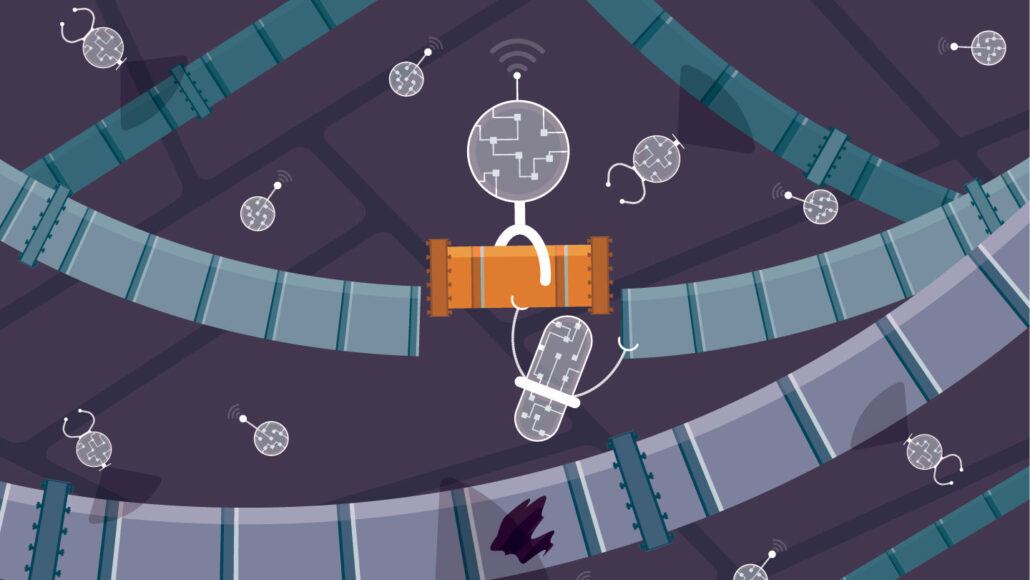
Tech
Synthetic biology aims to tackle disease and give cells superpowers
DNA machines and protein-mimicking nanotech could replace broken machinery in cells or even lead to made-from-scratch synthetic life.
Come explore with us!

DNA machines and protein-mimicking nanotech could replace broken machinery in cells or even lead to made-from-scratch synthetic life.

This cellulose and lignin, two major building blocks of trees, could lead to greener electronics.
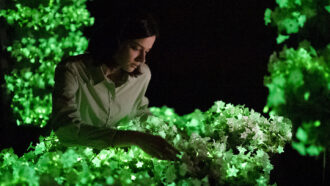
Some can aid the climate by removing pollutants. Others would just avoid dirtying the environment in the first place.

Engineers have found a material that can collect carbon dioxide from the air. When later mixed with water, it forms baking soda that can be shed in the sea.
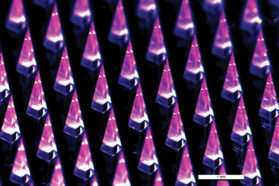
A new compact 3-D printer can produce COVID-19 vaccine patches. These are less painful than the jab and can be stored more easily than liquid vaccines.
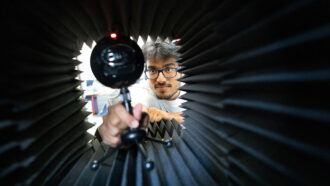
Researchers crafted tubes that can trick AI into mistaking one person’s voice for another’s. Bad guys could use such tricks to hack into accounts.
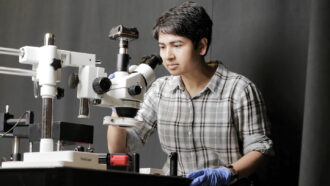
Fleets of advanced versions may one day be able to detect disease and then go about surgically treating it — without ever opening the skull.

Dentists have sterilized medical equipment with ultraviolet-C light for years. Applying this tech to bandages had proven a challenge — until now.

To store the energy generated by wind and solar power, researchers are looking at mammoth systems that raise and lower weights.

Unlike solar power, this new source of electricity is available day or night.